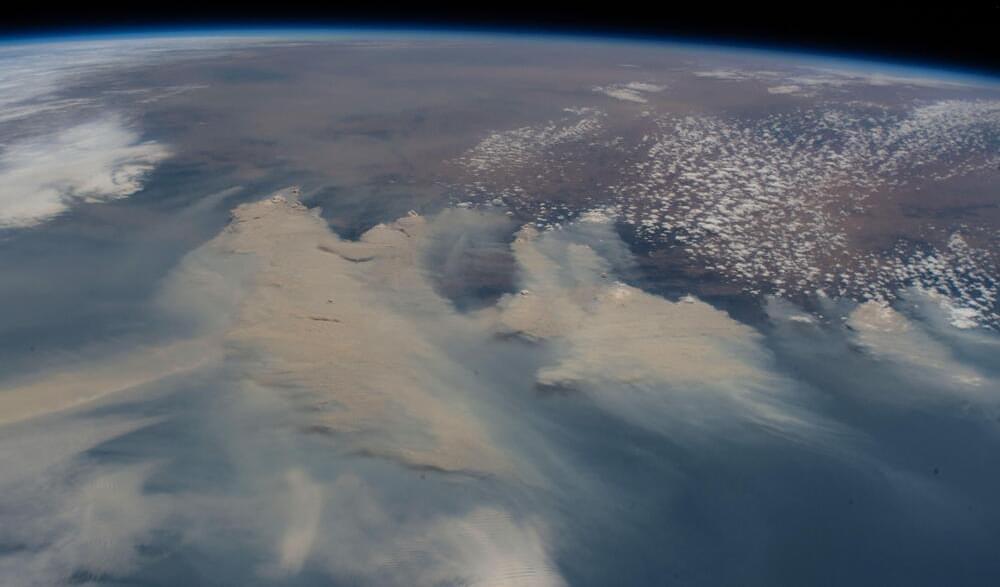The Australian wildfires in 2019 and 2020 were historic for how far and fast they spread, and for how long and powerfully they burned. All told, the devastating “Black Summer” fires blazed across more than 43 million acres of land, and extinguished or displaced nearly 3 billion animals. The fires also injected over 1 million tons of smoke particles into the atmosphere, reaching up to 35 kilometers above Earth’s surface — a mass and reach comparable to that of an erupting volcano.
Now, atmospheric chemists at MIT have found that the smoke from those fires set off chemical reactions in the stratosphere that contributed to the destruction of ozone, which shields the Earth from incoming ultraviolet radiation. The team’s study, appearing this week in the Proceedings of the National Academy of Sciences, is the first to establish a chemical link between wildfire smoke and ozone depletion.
In March 2020, shortly after the fires subsided, the team observed a sharp drop in nitrogen dioxide in the stratosphere, which is the first step in a chemical cascade that is known to end in ozone depletion. The researchers found that this drop in nitrogen dioxide directly correlates with the amount of smoke that the fires released into the stratosphere. They estimate that this smoke-induced chemistry depleted the column of ozone by 1 percent.
